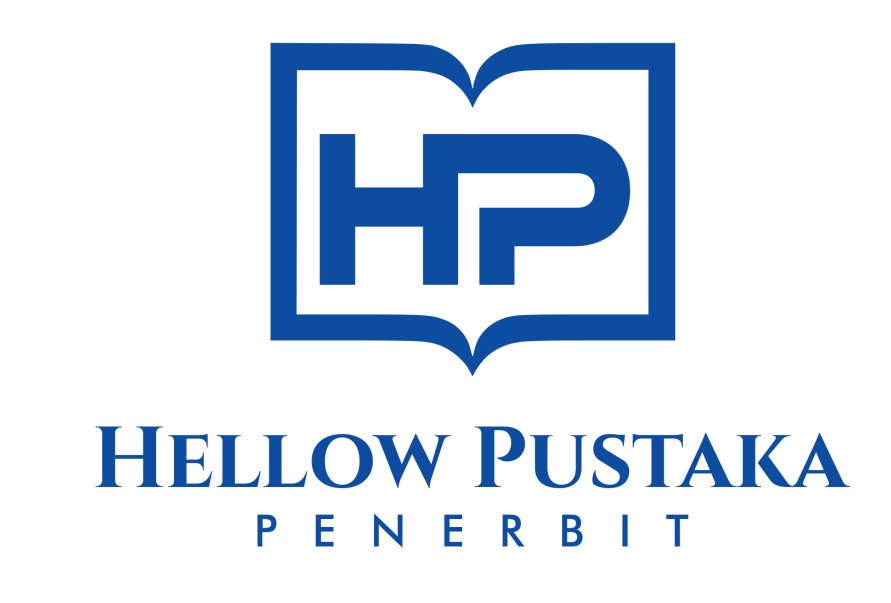Effectiveness Of Thematic Learning In Improving Elementary School Students' Learning Outcomes
DOI:
https://doi.org/10.61166/classroom.v2i1.28Keywords:
Thematic Learning, Learning Outcomes, Elementary School Students, Case Study, QualitativeAbstract
His study aims to analyze the effectiveness of thematic learning in improving the academic achievement of elementary school (SD) students. Thematic learning, which integrates various subjects under a single theme, is expected to create a holistic and meaningful learning experience. Using a qualitative approach with a case study design, this research involves fourth-grade teachers, fourth-grade students, and the principal of SD Negeri 138 Pekanbaru as research subjects. Data were collected through in-depth interviews, participatory observations, and document analysis, and then analyzed inductively through the stages of data reduction, data presentation, and conclusion drawing/verification. The results of the study indicate that thematic learning is proven to be effective in increasing student motivation and engagement, facilitating a more holistic and in-depth understanding of concepts, and developing 21st-century skills (collaboration, communication, critical thinking). However, challenges in implementation—such as the availability of resources and the need for ongoing teacher training—were also identified.
References
Bonwell, C. C., & Eison, J. A. (1991). Active Learning: Creating Excitement in the Classroom. ASHE-ERIC Higher Education Report No. 1. Washington, D.C.: The George Washington University, School1 of Education and Human Development.
Bowen, G. A. (2009). Document Analysis as a Qualitative Research Method. Qualitative Research Journal, 9(2), 27-49.
Creswell, J. W. (2014). Research Design: Qualitative, Quantitative, and Mixed Methods Approaches (4th ed.). Thousand2 Oaks, CA: Sage Publications.
Denzin, N. K., & Lincoln, Y. S. (Eds.). (2011). The SAGE Handbook of Qualitative Research (4th3 ed.). Thousand Oaks, CA: Sage Publications.
Depdiknas. (2006). Kurikulum Tingkat Satuan Pendidikan (KTSP) Sekolah Dasar. Jakarta: Departemen Pendidikan Nasional.
Fullan, M. (2001). The New Meaning of Educational Change (3rd ed.). New York: Teachers College Press.
Gardner, H. (1993). Multiple Intelligences: The Theory in Practice. New York: Basic Books.
Griffin, P., McGaw, B., & Care, E. (Eds.). (2012). Assessment and Teaching of 21st Century Skills. Dordrecht: Springer.
Hosnan, M. (2014). Pendekatan Saintifik dan Kontekstual dalam Pembelajaran Abad 21: Kunci Sukses4 Implementasi Kurikulum 2013. Bogor:5 Ghalia Indonesia.
Joyce, B., Weil, M., & Calhoun, E. (2015). Models of Teaching. New York: Pearson.
Lincoln, Y. S., & Guba, E. G. (1985). Naturalistic Inquiry. Beverly Hills, CA: Sage Publications.
Miles, M. B., Huberman, A. M., & Saldana, J. (2014). Qualitative Data Analysis:6 A Methods Sourcebook (3rd ed.). Thousand Oaks, CA: Sage Publications.
Partnership for 21st Century Learning (P21). (2019). Framework for 21st Century Learning. Retrieved from https://www.p21.org/
Patton, M. Q. (2015). Qualitative Research & Evaluation Methods (4th ed.). Thousand Oaks, CA: Sage Publications.
Piaget, J. (1970). Science of Education and the Psychology of the Child. New York: Viking Press.
Rusman. (2015). Model-Model Pembelajaran: Mengembangkan Profesionalisme Guru. Depok: Rajawali Pers.
Spradley, J. P. (1980). Participant Observation. New York: Holt, Rinehart and Winston.
Uno, H. B. (2014). Teori Motivasi dan Pengukurannya: Analisis di Bidang Pendidikan. Jakarta: Bumi Aksara.
Von Glasersfeld, E. (1989). Cognition, Construction of Knowledge, and Teaching. Synthese, 80(1), 121-140.
Downloads
Published
How to Cite
Issue
Section
License
Copyright (c) 2025 Dea Mustika, Dian Krismawati, Dwi Kurnianda, Muhammad Aidil, Putri Adeliarahmatilla, Suci Ramadha Lena

This work is licensed under a Creative Commons Attribution 4.0 International License.













